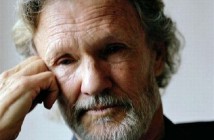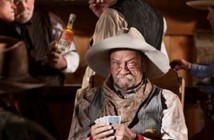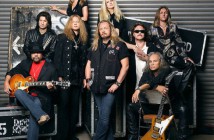Inner-city race issues turned my home town of Cleveland, Ohio into a war zone during the early 1960s. A white minister was crushed by a bulldozer during a peaceful civil rights protest. The Hough Ghetto burned. John Lee Hooker would come in from Detroit to play his hard edge, industrial blues at ghetto joints like Gleason’s Show Bar and Leo’s Casino where white folks were not welcome.
Then in 1963 something happened. Hooker‘s blues, the music of broken dreams, miraculously crossed over when the Reverend Martin Luther King, Jr. had a dream.
“One Bourbon, One Scotch, One Beer” replaced the Kingston Trio’s “Scotch and Soda” at college folk music clubs and popular night spots in Greenwich Village, The Sunset Strip and San Francisco’s North Beach. Once a solo act who showed up in a threadbare sports jacket and stomped his own beat, Hooker took the blues around the world in khakis and a Borsalino, an Italian hat, backed by mostly white sidemen.
Suddenly the likes of Santana, Dylan and Van Morrison wanted to do albums with him to show that everybody owns the blues, helping to monetize the music as a lifestyle. Blues talk. Blues clothing. Blues club franchises.
Today, the spray shooters who have killed dozens while torching the South Side of Chicago don’t get the blues. Instead of Hooker’s “The Motor City’s Burning” they get tuned up with the sounds of hip-hop from artists named Semtex and C-4. The times they are a-changing.



